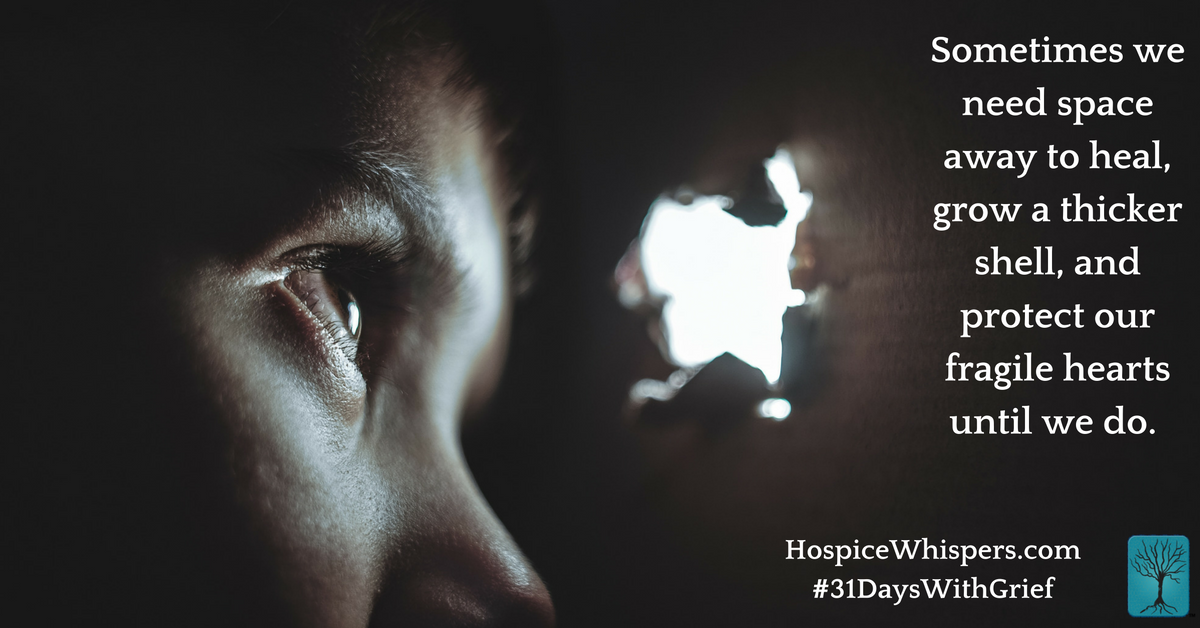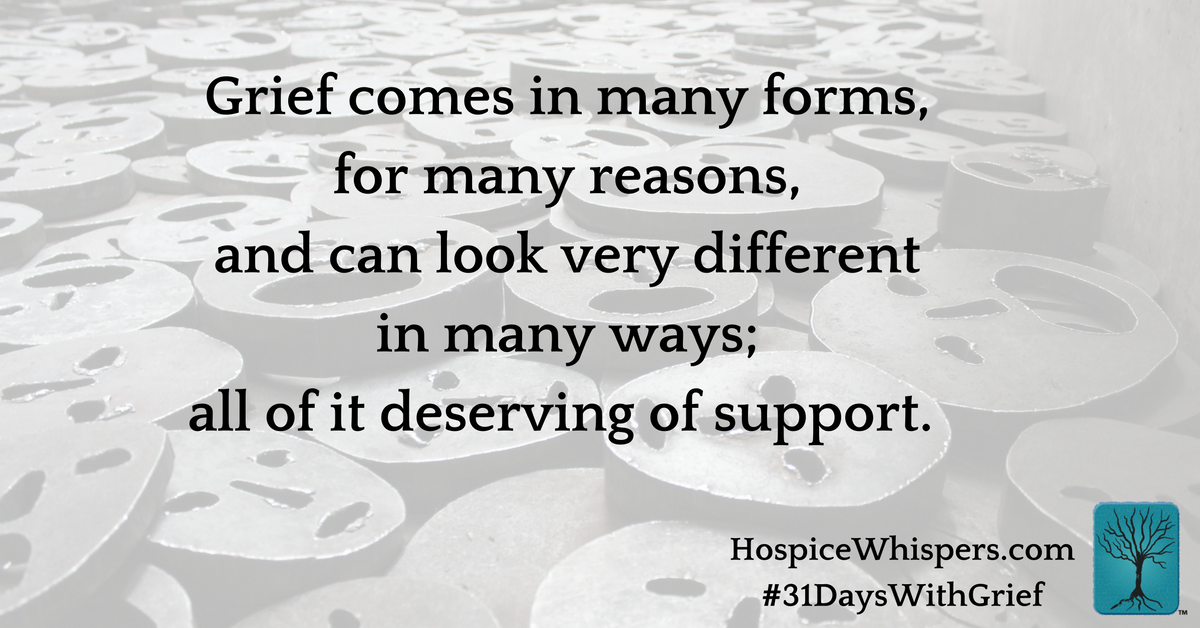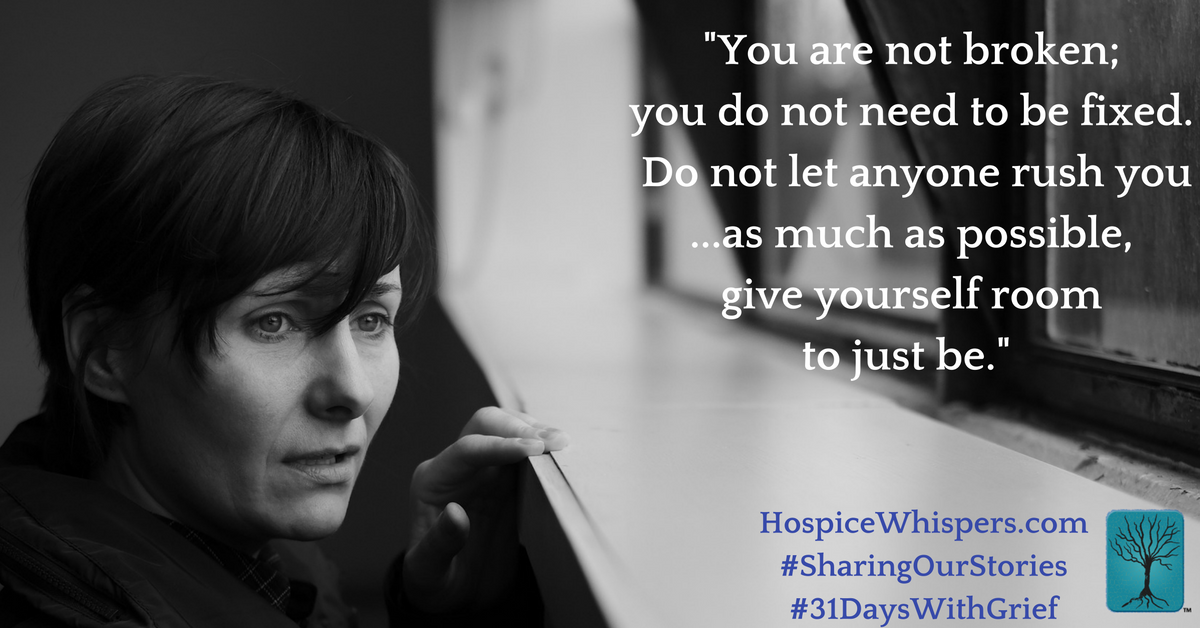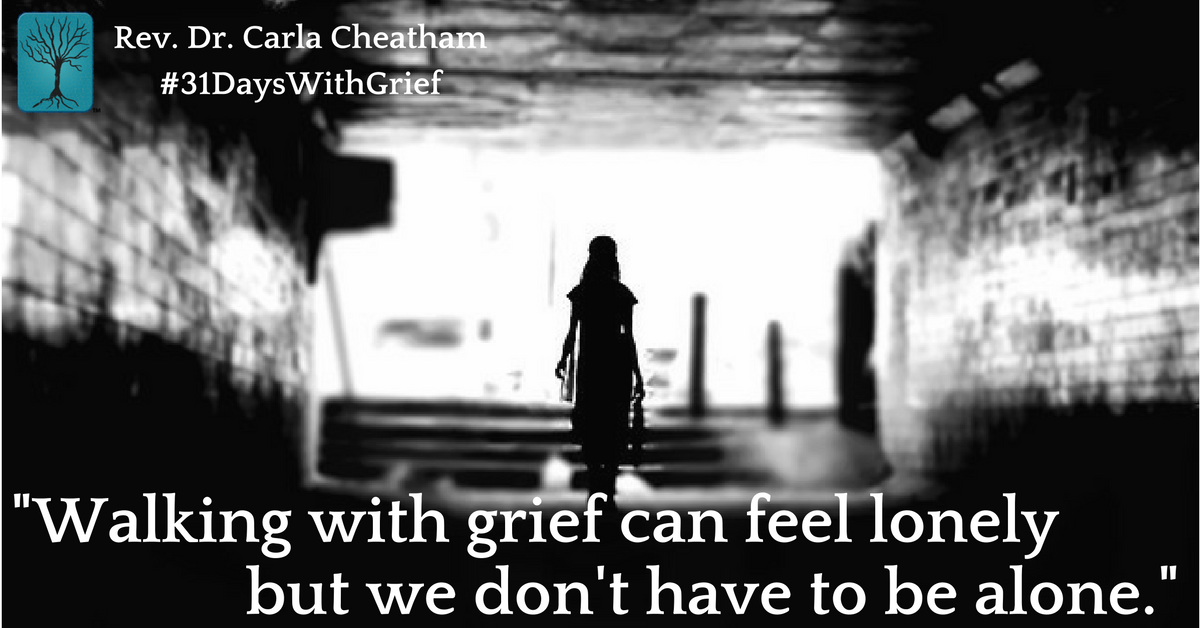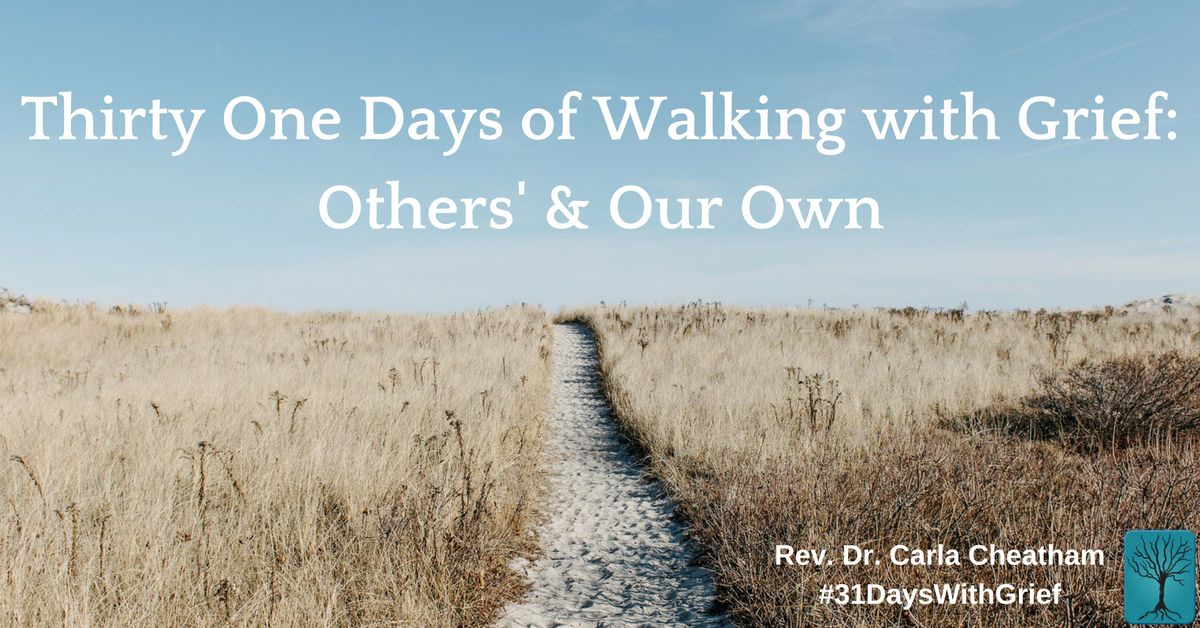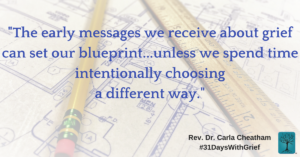31 Days of Walking with Grief: Others’ and Our Own
Day 11—The Beauty of Not Forcing Acceptance
This is a month-long series to support persons grieving and those who love them. It includes content from “Sharing Our Stories: A Hospice Whispers Grief Support Workbook” available through Amazon and wherever books are sold.
In my early career in social services, I worked at treatment centers and learned a great deal. One concept practiced in recovery traditions is called “The 3 A’s—Awareness, Acceptance, and Action”. It can be easily applied by anyone, whether they are in recovery or simply trying to live as a sane and healthy grownup!
The idea is that when we have some new Awareness about ourselves or a situation, the next step is to sit with it until we reach a state of Acceptance of it, as well. Then, and only then, do we move to take some sort of Action.
The goal is to avoid shame or acting compulsively without taking time for calm thought or to seek guidance outside of ourselves through dialogue and even prayer. It can also slow us down to prevent us from being controlling or judgmental in our approach toward the situation.
Another gift of this process is that it can prevent us from skipping over our emotions. Far too often, when I’ve gained some new awareness about a situation in my life or reached a new level of grief, I’ve wanted jump straight to action and be the evolved guru floating on top of the mountain in full acceptance of my feelings and the circumstances involved, but without having to actually FEEL the feelings.
But trying to be healthy, mature, and too quickly “over it” can actually be unhealthy if we jump over the acceptance stage in order to avoid our feelings of grief, anger, sadness, fear, etc. and try to move straight to action.
Far too many times, I thought I had grieved something or someone, when I had actually just done so as an intellectual exercise and had failed to feel my feelings. How can we truly grieve what we have not allowed ourselves to feel? There is no shortcut.
Often, what is actually needed after we become aware of grief, is to sit with that awareness and with our emotions about it for a period of time until we come into true acceptance of the reality of the situation and of our own emotions.
I’ve learned with practice to become increasingly comfortable sitting with discomfort, mine as well as others’. Each time I sit with my emotions, I gain the experience that I WILL come out of the other side of them, that they will not carry me down into a cavern from which I’ll never re-emerge, that they WILL end at some point, and that great gifts will come (for me) when I take the time and space to be with my feelings.
Like any other muscle or skill, it gets stronger and better the more I use or practice it.
It’s not easy. It’s not fun. I never WANT to do it. But every emotional mile I run makes the next workout that much easier and less intimidating.
Besides, it’s the healthy thing to do for myself and the only way I truly find freedom on the other side of grief. And that is always worth the price of admission.
Peace,
Carla
 Rev. Carla Cheatham, MA, MDiv, PhD, TRT has served hospices as a chaplain and bereavement coordinator. She’s the Section Leader for the Spiritual Caregivers Section of the National Hospice and Palliative Care Organization and an adjunct professor at the Seminary of the Southwest. Through her Carla Cheatham Consulting Group, Carla provides training and consulting for professional caregivers nationwide. She is the author of Hospice Whispers: Stories of Life and its companion volume, Sharing Our Stories: A Hospice Whispers Grief Support Workbook. Her next book, On Showing Up with Suffering: Others’ and Our Own, is set to publish in 2017.
Rev. Carla Cheatham, MA, MDiv, PhD, TRT has served hospices as a chaplain and bereavement coordinator. She’s the Section Leader for the Spiritual Caregivers Section of the National Hospice and Palliative Care Organization and an adjunct professor at the Seminary of the Southwest. Through her Carla Cheatham Consulting Group, Carla provides training and consulting for professional caregivers nationwide. She is the author of Hospice Whispers: Stories of Life and its companion volume, Sharing Our Stories: A Hospice Whispers Grief Support Workbook. Her next book, On Showing Up with Suffering: Others’ and Our Own, is set to publish in 2017.

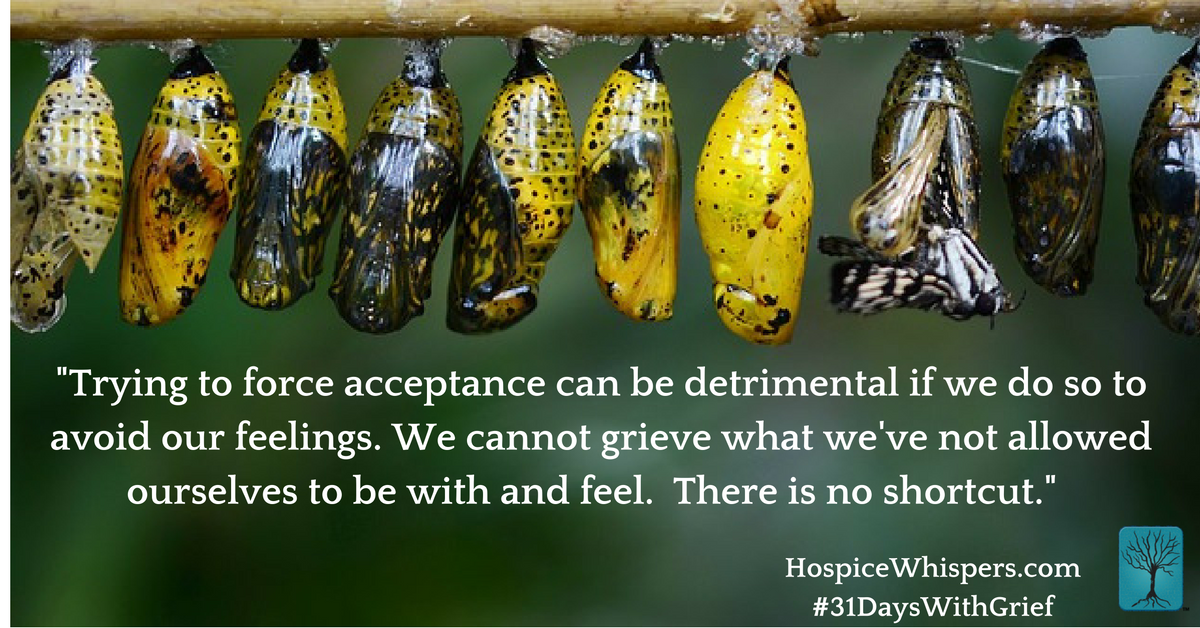

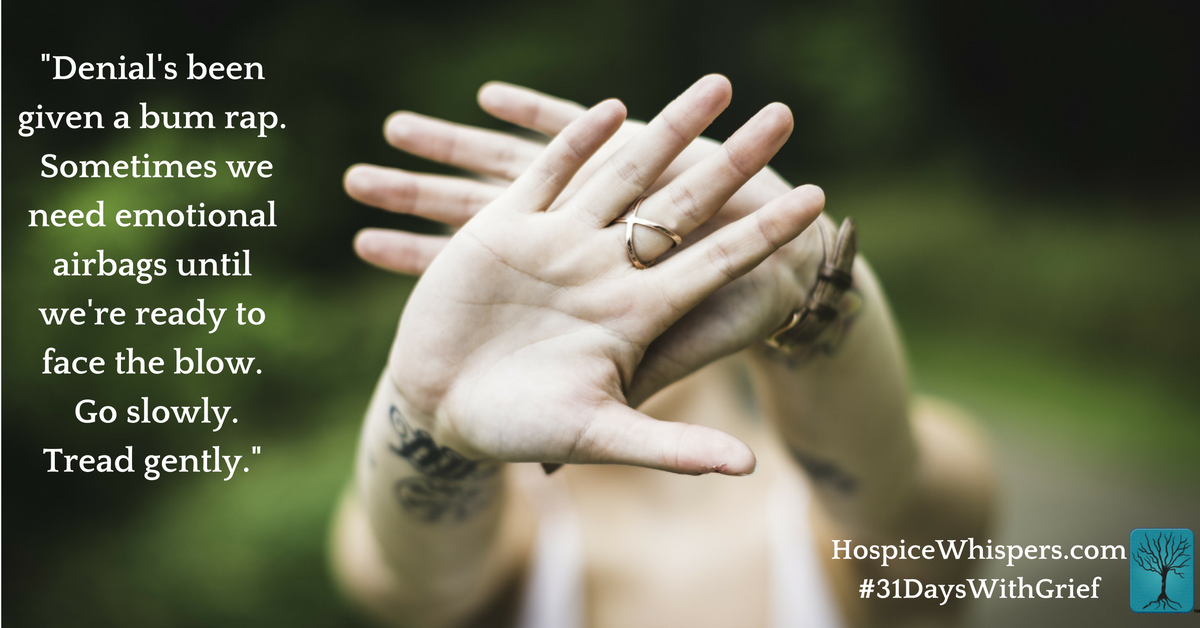

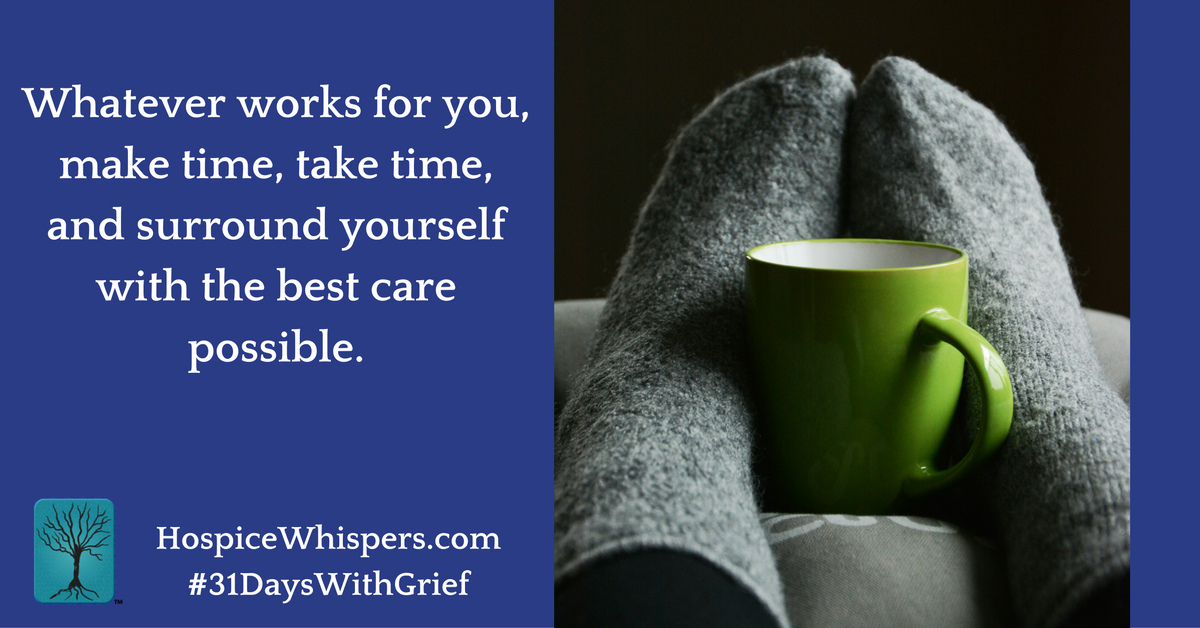
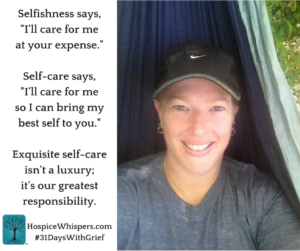 This is me in my hammock next to my favorite waterfall on my favorite hiking trail. Practicing what I teach isn’t always easy. But I’m grateful that saying these things out loud to others helps hold me accountable for actually doing them, myself! If I don’t make space for down time and silence, I quickly become a crispy critter not fit for human consumption.
This is me in my hammock next to my favorite waterfall on my favorite hiking trail. Practicing what I teach isn’t always easy. But I’m grateful that saying these things out loud to others helps hold me accountable for actually doing them, myself! If I don’t make space for down time and silence, I quickly become a crispy critter not fit for human consumption. 